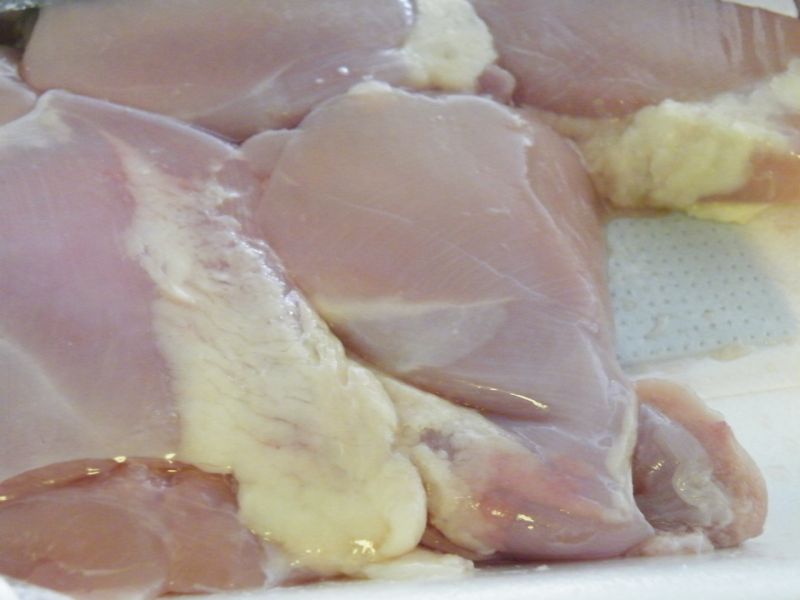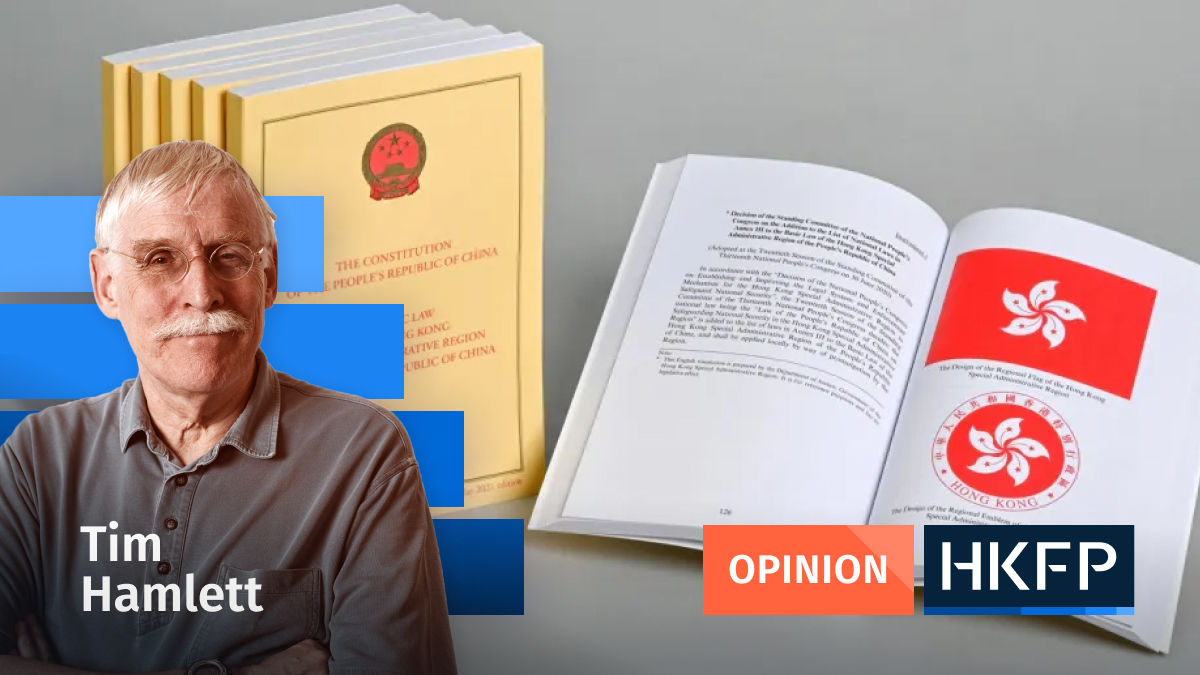It has been obvious for a long time that the COVID epidemic would make a mess of Christmas. But it turned out to be unexpectedly traumatic all the same.
Usually the way of it chez Hamlett is that we order a large turkey, and also a large ham. Some 20 or 30 friends then come round to consume the result of a long day’s cooking, exchange presents, drink too much and engage in other conventional festive rituals. Well that was obviously not going to happen this year.

In fact as there were only going to be four of us it was immediately obvious that no plausible turkey would be small enough.
No problem, said the chef – who for these purposes is me. When I was very young the idea of universal cheap turkey had not yet arrived. Meat of all kinds was still expensive, rationed or both. So the extended Hamlett clan assembled at my parents’ place and my agricultural Uncle Philip arrived with a large whole chicken, which he plucked and gutted in our kitchen. And that was the festive bird.
So we would have a roast chicken. Now although I cook at least once every week I have no experience of buying whole chickens in Hong Kong. I prefer boneless thighs, which are easy to cook and reasonably cheap even if the packaging is embellished with glowing descriptions of the luxurious life and lavish diet enjoyed by the deceased bird.
I do not have the necessary thick skin to choose a live chicken and have it butchered while I wait, still less to buy a live bird and carry it off to be executed, plucked and drawn at home. This was the standard arrangement used by our neighbours when we lived in a rural village. Some people had a small hen house in which condemned prisoners could spend their last days.
Call me a softy if you like. My idea of a chicken for human consumption is a nice clean package on a supermarket shelf which is already naked and dead.

All the chickens offered in Hong Kong shops appear to be very small. This was not a problem. We would buy two. We selected a couple from the supermarket shelf which were neatly packaged in the usual plastic tray and film, and put them unopened in the fridge.
On the day of the feast my son arrived to help, as he usually does. I had lined up a Gordon Ramsey recipe which required a rather elaborate stuffing and was working on that while he unpacked the two chickens.
A wail of dismay greeted the first piece of bad news. Our dead chickens still had their heads on. At this point I became very busy with the stuffing. There was some discussion of the rival merits of decapitation with a sword – we keep one in the house for dancing purposes – or an axe. Did Henry VIII worry about this? Would it be least upsetting if one of us held the bird up by the head and the other one took a wild swipe?
We settled for something conservative with the usual kitchen chopper. Then another interesting discovery. The chickens still had their feet. These were removed without too much trouble.
My renewed tussle with the stuffing was then interrupted again. There were some internal parts still inside the chickens. This was not the usual polite arrangement found in commercial turkeys, in which the parts you might wish to use to make the gravy are inside the bird, neatly enclosed in a plastic or paper bag.

The internal parts were spectacularly gory and still attached to the inside of the bird. At this point my interest in the stuffing became all-absorbing. All I could offer was the possibly unhelpful suggestion that my son, who is an enthusiastic watcher of hospital soap operas of the ER kind, should regard this as an opportunity to practise an emergency operation.
My son is a good soldier on these occasions, and continued to work on removing the sundry bits found inside the chickens, while expressing serious doubts about whether he would ever want to eat chicken again.
Quite what gets left and what gets removed remains a mystery. There was no sign of a heart, or of the digestive system, which I assume takes the form of a long tube. We thought there was a liver and possibly two kidneys there somewhere. Also there were some mysterious spongy bits on the inside of the rib cage which may have been the remains of the lungs.
Finally we had our two chickens stuffed, seasoned and in the oven. Fortunately they had to stay there for an hour and a half, during which time traumatic memories of their internal plumbing had dimmed and we both managed to eat them.
Still, this was not so much a celebration of Divine Grace or the Winter Solstice as an unexpected lesson in the merits of vegetarianism. There is a moral here for squeamish consumers: if buying a whole chicken in Hong Kong look closely; you may get more of the chicken than you really want.
Support HKFP | Policies & Ethics | Error/typo? | Contact Us | Newsletter | Transparency & Annual Report | Apps
Help safeguard press freedom & keep HKFP free for all readers by supporting our team
| HKFP is an impartial platform & does not necessarily share the views of opinion writers or advertisers. HKFP presents a diversity of views & regularly invites figures across the political spectrum to write for us. Press freedom is guaranteed under the Basic Law, security law, Bill of Rights and Chinese constitution. Opinion pieces aim to point out errors or defects in the government, law or policies, or aim to suggest ideas or alterations via legal means without an intention of hatred, discontent or hostility against the authorities or other communities. |

More HKFP OPINION:
HKFP has an impartial stance, transparent funding, and balanced coverage guided by an Ethics Code and Corrections Policy.
Support press freedom & help us surpass 1,000 monthly Patrons: 100% independent, governed by an ethics code & not-for-profit.










